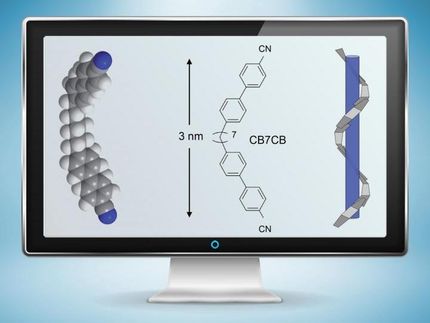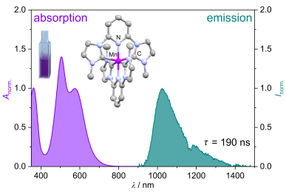'Evolving electronics' could lead to new electrical devices
Advertisement
Researchers have taken their inspiration from nature to teach materials to form new electrical pathways.
They say the finding could eventually lead to new electronic devices.
Scientists in Durham University’s School of Engineering & Computing Sciences trained tiny carbon nanotubes, suspended in a liquid crystal solution, to reorganise into new networks in order to solve a simple problem - sorting data into two categories.
Creating new electrical circuits
When varying electrical voltages were applied to the material using a computer programme, the tiny nanotubes changed position to create new electrical circuits and increase the material’s ability to solve the task.
Although at an early stage the researchers hope their findings, published in Scientific Reports , could be used to help understand complicated information that normal computers can find difficult.
For example, the new materials could be used to help find hidden patterns of symptoms associated with disease, or even predict the next emoji you might want to use.
Currently silicon based transistors are used to process information in electronics, but new alternatives are being sought as they reach the limits of how small they can be made.
Inspired by nature
The Durham team took their lead from nature where living organisms evolve to perform complex tasks.
Research co-author Professor Michael Petty , in the School of Engineering and Computing Sciences, said: “Living organisms have evolved in nature to perform complex tasks with remarkable ease. The human brain and central nervous system are both excellent examples.
“Our research aims to explore similar evolution methods to create information processing devices.
“In this case we took a random, disordered material and trained it to produce a desired output by applying voltages to it to change its electrical properties.
“When the correct signals are applied the material can be trained or ‘evolved’ to perform a useful function.”
Complementary technology
Professor Petty said that although he could not see the type of material developed in the research competing with high-speed silicon in the immediate future, it could be a complementary technology.
He added: “This is an emerging interdisciplinary field of research, bringing together electronics, materials science and computer science.
“Although in its early stage, the concept has been proven that, using natural evolution, materials can be trained to mimic electronic circuits without the need to design the material structure in a specific way.”

































































